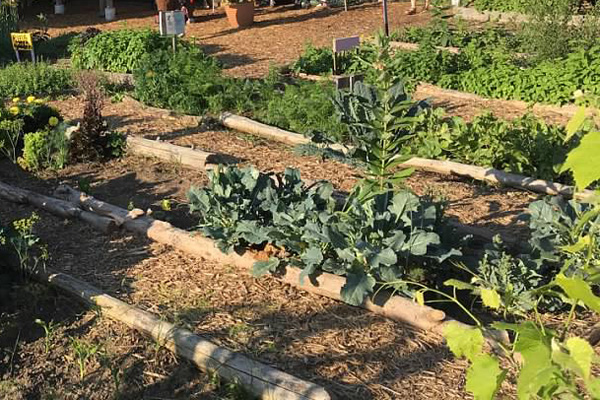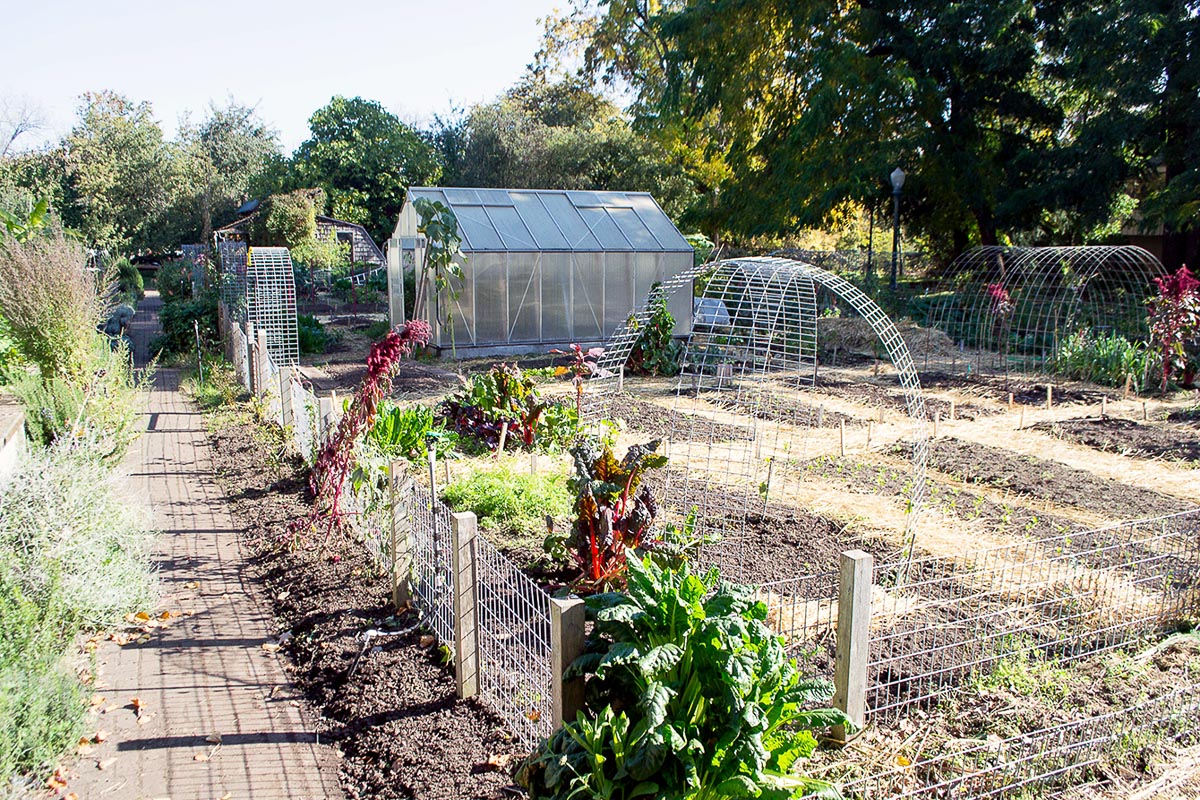A Biased View of City Blooming
Our City Blooming PDFs
Table of ContentsCity Blooming Things To Know Before You Get ThisCity Blooming Fundamentals ExplainedThe Ultimate Guide To City BloomingThe Best Strategy To Use For City BloomingOur City Blooming Diaries
Fascinated in expanding food available for sale in the City of Chicago? Considering starting an area garden? Adjustments to the Chicago Zoning Regulation permit agricultural usages like neighborhood yards and metropolitan ranches in numerous components of the city. Below is a list of often asked concerns regarding the guidelines and guidelines that cultivators must take into consideration when planning a metropolitan farming project.
The zoning amendment does not customize any various other codes dealing with composting, structure authorizations, purchasing or renting City had residential or commercial property, service licenses or ecological contamination. There are existing codes that regulate these problems and they continue to be completely impact and might apply to your job. Area yards are usually possessed or taken care of by public entities, civic companies or community-based organizations and preserved by volunteers.
Urban ranches grow food that is intended to be sold, either on a nonprofit or for-profit basis. Because of their commercial purpose, city farms call for a company permit. Yes. A community garden is enabled to market excess generate that was expanded on website if the sales are accessory or subordinate to the garden's main objective defined above.
The Basic Principles Of City Blooming
The quantity of compost material can not surpass 25 cubic yards at any kind of offered time according to the requirements in 7-28-715 of the City's Municipal Code. Because the soil at many new garden websites requires amending, garden compost, soil, timber chips, or various other materials can be gotten to build or enhance the growing area.

If a structure license is required after that the hoophouse will certainly be taken into consideration an accessory building. You can figure out more concerning the building permit needs by contacting the Department of Structures. The 25,000-square-foot size limitation is planned to avoid a solitary area garden from controling a provided block or interfering with the block's existing domestic or commercial character.
The restriction does not put on yards found in Public Open Room (POS) districts. Can there be even more than one community garden that is 25,000 square feet on a single block? Yes. The dimension restriction applies to individual gardens, not to specific blocks. No. Secure fencing is not needed, however, gardens that have large parking lot may be needed to mount secure fencing or other landscaping functions.
The Best Guide To City Blooming
B1 & B2 districts need that all industrial use tasks be carried out inside. R areas restrict business task. The guidelines show the objective and intent of the Zoning Code. Is secure fencing needed for urban farms? Yes. Fencings might be required, together with landscaping and screening, for certain parking lot and outside job or storage space areas depending upon location and the details task occurring.
Yes. Urban farms require structure authorizations and zoning authorizations prior to building and construction. Various other types of city testimonial might be needed depending upon particular frameworks, tasks, size, landscape design, licensing, public heath and stormwater monitoring problems. A lot of these requirements are determined in the project design or permitting procedure, nevertheless, the applicant might be accountable to separately identify certain licenses or permits that might be needed.
Yes. The sort of permit is established by what is occurring at the website. The Department of Company Matters and Customer Defense index can assist identify the details kind of service license that's needed. Yes. Off road car parking is needed for a lot of commercial jobs in Chicago. The called for number of vehicle parking areas is based on the variety of staff members servicing website and not the square video footage of the expanding space.
Some Ideas on City Blooming You Need To Know

An urban ranch can market compost material produced on site, however, the operation should comply with the policies in 7-28-715 of the Chicago Municipal Code. Aquaponic systems are enabled inside your home on urban farms in numerous zoning areas.
As much as five hives or colonies of honey might be maintained as an accessory use. Nevertheless, beekeepers should register with the Illinois Department of Farming. To find out more concerning the suggested zoning modification you may contact the Department of Real Estate and Economic Growth, Bureau of Preparation and Zoning at 312.744.8563.
Farming in cities and city locations An urban ranch in Chicago. Urban agriculture describes various practices of growing. https://issuu.com/cityblooming, handling, and distributing food in city locations. The term additionally puts on the location activities of pet husbandry, tank farming, beekeeping, and gardening in a city context. Urban farming is distinguished from peri-urban farming, which happens in backwoods beside residential areas.
Examine This Report about City Blooming
, who look for to create social networks established on a common ethos of nature and area holism. These networks can create by method of official institutional support, ending up being incorporated into regional community planning as a "transition town" motion for sustainable city growth.
Some of the initial proof of city farming comes from Mesopotamia.